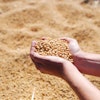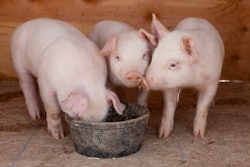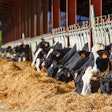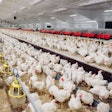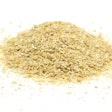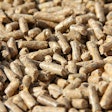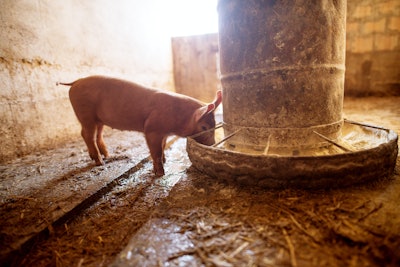
Although crude protein levels in EU piglet feeds never received the high levels (up to 27%) observed in the U.S. a couple of decades ago, the two were always close together. That is until the following happened:
- The EU legislated weaning age at 28 days post-farrowing. This made super-high protein levels not as important now that piglets had higher feed intake post-weaning.
- The EU first banned the use of in-feed antibiotics (2006) and just recently the use of zinc oxide at pharmacological levels. Both made low-protein diets a requirement as excess protein that remained undigested was feeding harmful pathogens.
- The EU realized it needed to become more self-sufficient in feed proteins in general. This led to getting overall protein levels closer to animal requirements, and (paradoxically) led to higher levels of (often) imported amino acids to be used in feed formulation.
In contrast, weaning age in the U.S. remains at 19-21 days, and the use of in-feed pharmacological agents is not prohibited (although it is regulated more than in the past). Thus, piglets in the U.S. can enjoy higher levels of crude protein in their feeds without much adversity.
In practice, most EU piglet feeds (for piglets below 25 kg live weight) contain about 18% crude protein, with some countries having even lower “specifications.” Piglets closer to the end of the nursery/piglet phase can be fed diets with down to 14% crude protein. These diets are formulated with free amino acids (often five or six of them are needed), to ensure animal performance is not inhibited. Several nutritionists, however, have indicated that very low protein levels are not ideal as protein sources are not just amino acids, while amino acid fortification has its own complications.
Personally, I am using levels closer to 19% as I prefer wholesome proteins, but I drop the levels as pigs age. This gives me better control over ingredients and, most importantly, palatability early on. To get there, I had to ensure piglets would not suffer from diarrhea by selecting a proprietary mix of several additives and a balanced blend of raw materials of high quality.

